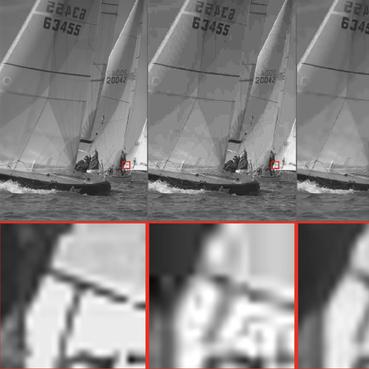LoLiSRFlow: Joint Single Image Low-light Enhancement and Super-resolution via Cross-scale Transformer-based Conditional Flow
The visibility of real-world images is often limited by both low-light and low-resolution, however, these issues are only addressed in the literature through Low-Light Enhancement (LLE) and Super- Resolution (SR) methods. Admittedly, a simple cascade of these approaches cannot work harmoniously to cope well with the highly ill-posed problem for simultaneously enhancing visibility and resolution. In this paper, we propose a normalizing flow network, dubbed LoLiSRFLow, specifically designed to consider the degradation mechanism inherent in joint LLE and SR. To break the bonds of the one-to-many mapping for low-light low-resolution images to normal-light high-resolution images, LoLiSRFLow directly learns the conditional probability distribution over a variety of feasible solutions for high-resolution well-exposed images. Specifically, a multi-resolution parallel transformer acts as a conditional encoder that extracts the Retinex-induced resolution-and-illumination invariant map as the previous one. And the invertible network maps the distribution of usually exposed high-resolution images to a latent distribution. The backward inference is equivalent to introducing an additional constrained loss for the normal training route, thus enabling the manifold of the natural exposure of the high-resolution image to be immaculately depicted. We also propose a synthetic dataset modeling the realistic low-light low-resolution degradation, named DFSR-LLE, containing 7100 low-resolution dark-light/high-resolution normal sharp pairs. Quantitative and qualitative experimental results demonstrate the effectiveness of our method on both the proposed synthetic and real datasets.
PDF Abstract
